When “The Bionic Woman” wrapped up in 1978, it left a lasting impact in two ways: it gave young girls a role model to admire, and for its star Lindsay Wagner, it took a toll both physically and mentally.
Lindsay opened up to The Indianapolis Star about how she struggled after the show ended. She spent a lot of time alone, needing to recover emotionally and physically. The intense demands of the series made it hard for her to balance her personal life. After years of putting her own needs aside for the sake of the show, she found it challenging to reconnect with herself and deal with her own problems.
In addition to the challenges she faced, Lindsay emphasized that she’s not naturally athletic. “I’d drive my car to the mailbox if I could,” she joked. The physical demands of the role, including running, jumping, and fight scenes, left her feeling exhausted. The pressure to deliver a quality show only added to the strain. Lindsay explained that when you deeply care about a series, you invest all your emotions into it, which can disrupt your personal life. She found herself more immersed in her character, Jaime Somers, than in her own identity as Lindsay Wagner. Despite her efforts to deliver performances she could be proud of, she admitted that success didn’t come easy.
#1 Her Pre-Bionic Days
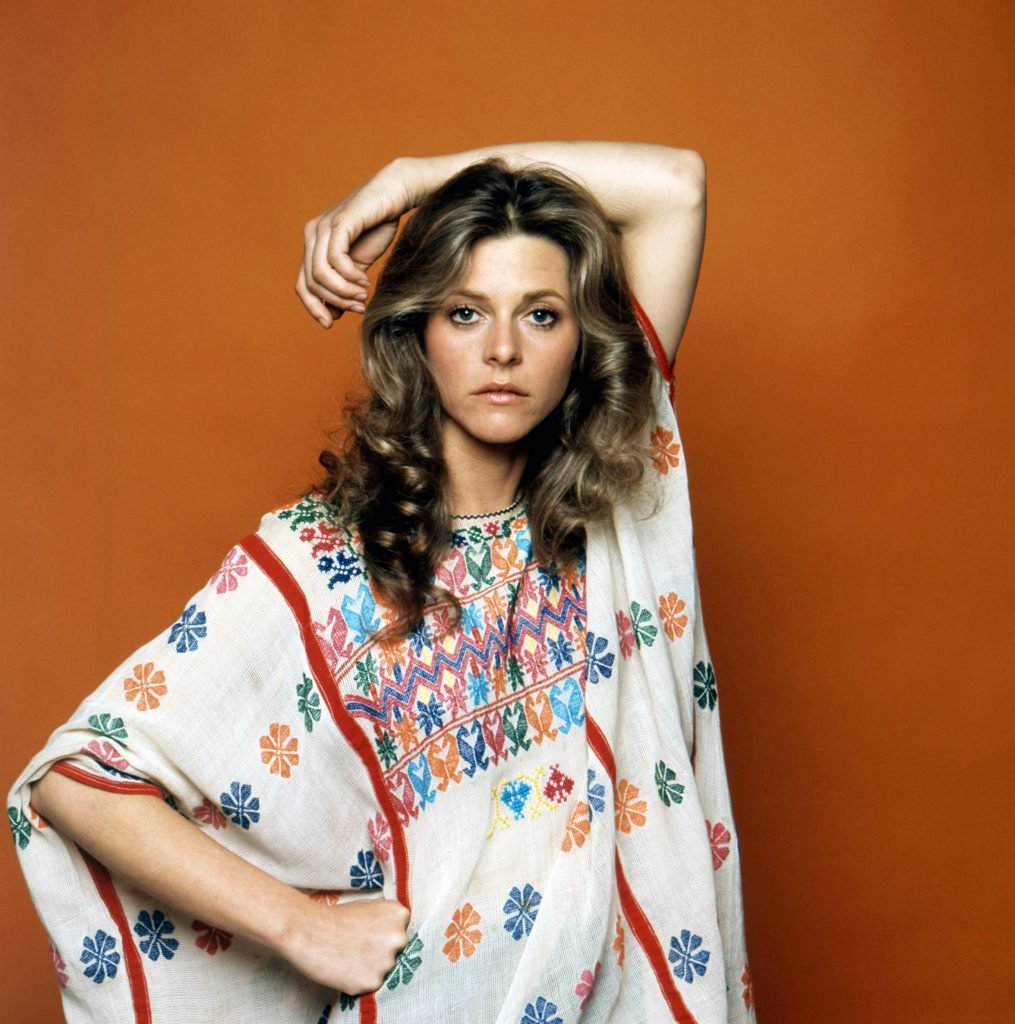
Lindsay Jean Wagner was born on June 22, 1949, in Los Angeles. Her first name was chosen by her father, William Nowels Wagner, who had hoped for a son. Despite not initially liking her name as a child, Lindsay found some advantages to it. Reflecting on her experiences, she shared with journalist Dick Kleiner, “When I went to college, I was invited to the freshman men’s athletic luncheon. They saw my name and thought I was a boy. I put on a pair of pants, combed my hair back, and went.”
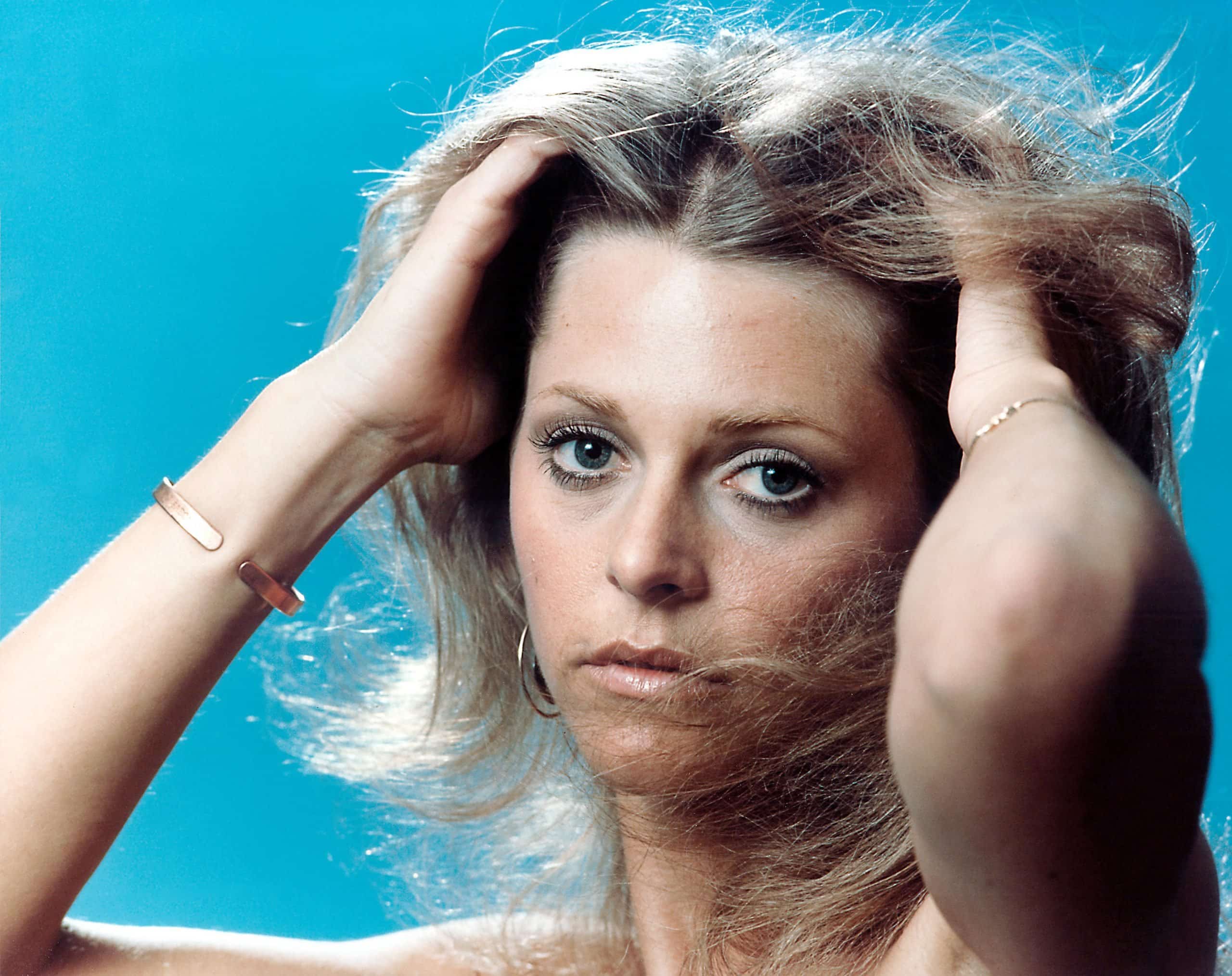
After her parents, William and Marilyn Louise, divorced when she was only seven years old, Lindsay relocated to Eagle Rock, a neighborhood in Los Angeles near Pasadena. Subsequently, she, along with her stepfather, Ted Ball, moved to Oregon.
Describing her upbringing, a profile of Lindsay in the Hawaii Tribune characterized her childhood as “strange.” They explained, “Her parents split up. Her mother, who was very young when Lindsay was born, had never really ‘lived,’ and she began living, resulting in a very informal childhood.” When Lindsay was 15, her mother remarried and had another child, whom Lindsay took on much of the responsibility for raising.
#2 The Road to Acting
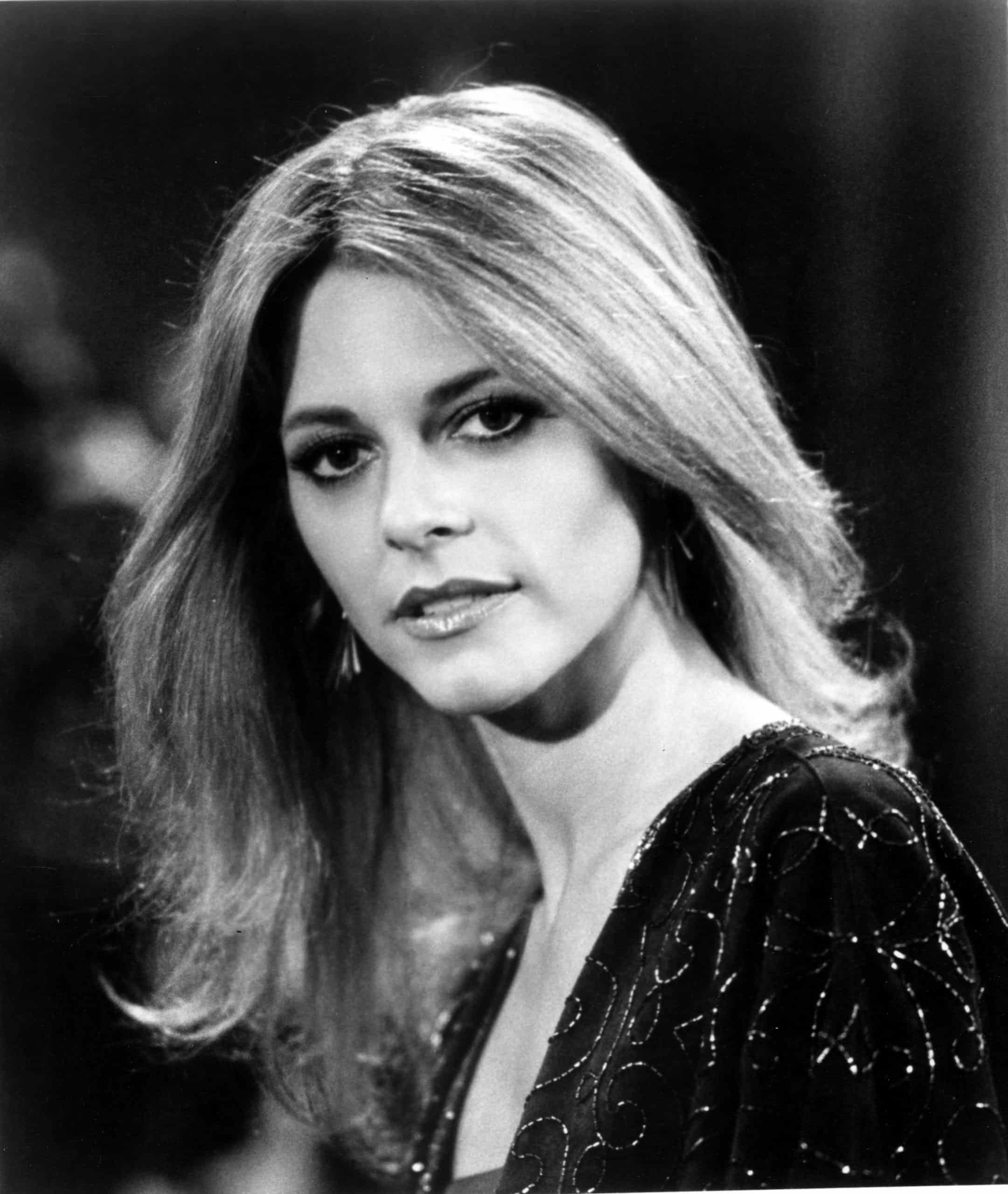
“I started acting because I wanted to evoke emotions in people—make them laugh, cry, or feel excited,” Lindsay confessed to The Boston Globe. “If nobody was going to do that for me, well, I was going to do it for them.” She reflected on her unconventional childhood, saying, “When I was seven, I was bartending at my mother’s parties instead of playing with dolls. I didn’t even know how to play with paper dolls until my little sister taught me when I was 16. That’s crazy.”
During her time at David Douglas High School, Lindsay began participating in numerous theatrical productions. After graduating, she embarked on a journey to France for several months before enrolling at the University of Oregon. However, she later dropped out and attended Mt. Hood Community College in Gresham for six months before ultimately deciding to move to Los Angeles.
#3 Playboy Hostess to ‘The Dating Game’
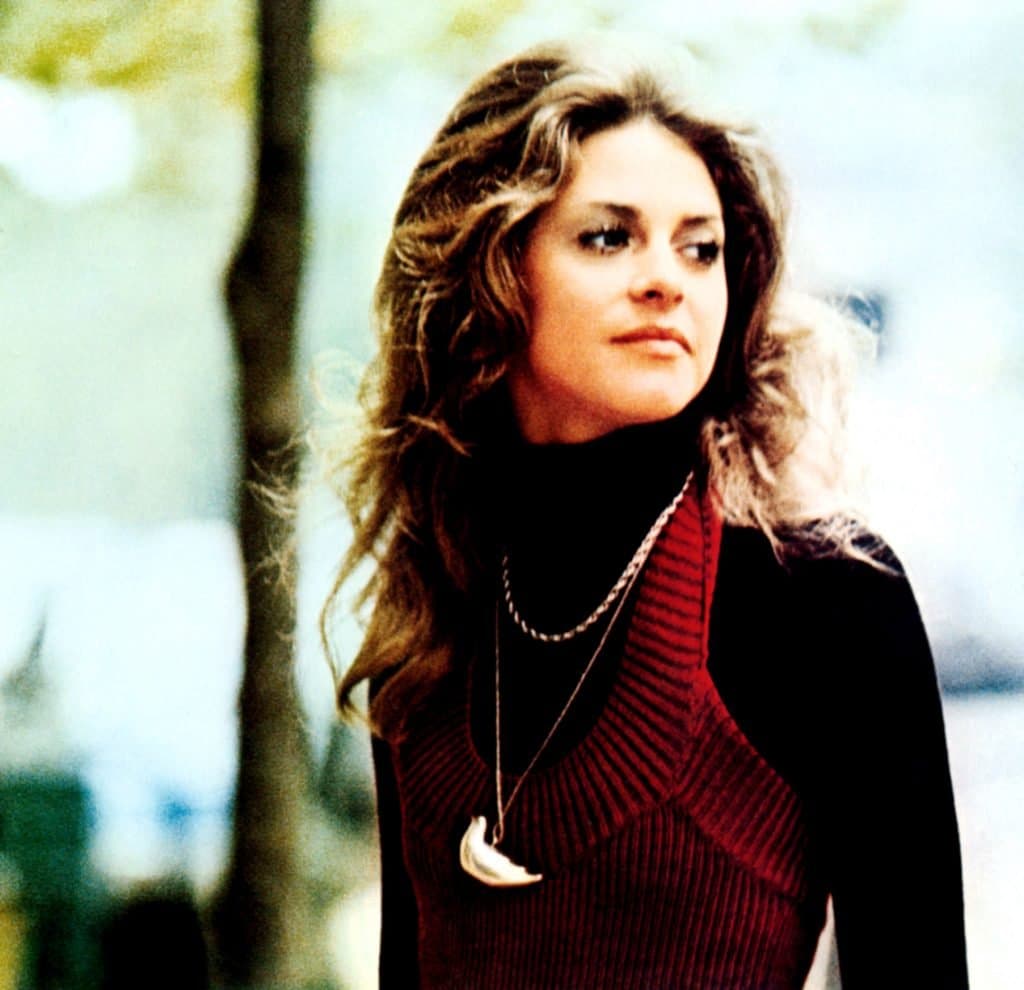
After moving to Los Angeles, Lindsay, now 73, ventured into modeling and made an attempt at acting by appearing as a hostess on the Playboy After Dark television series. She then tried her luck on The Dating Game in 1969. Despite being approached by talent scouts multiple times before, Lindsay eventually signed a contract with Universal Studios in 1971, becoming one of its contract players. This meant she would hop from one show to another as a guest star. Some of her notable appearances included roles in Adam-12, Owen Marshall, Counselor at Law, Night Gallery, and Marcus Welby, M.D.
In 1973, Lindsay garnered attention for her performances in the films Two People and The Paper Chase, with critics praising her acting skills and audiences recognizing her as a rising star. However, Lindsay emphasized that stardom wasn’t her primary goal.
#4 Maintaining Normalcy

“I’ve been told by people in the business that stardom is a positive thing,” Lindsay shared with The Post-Crescent of Appleton, Wisconsin, “that it’s necessary to be recognized once you’ve achieved star status. But for me, it creates a barrier between an actor and life. When others idolize you, you cease to be seen as a person. I don’t feel any different today than I did a year ago, both as a person and as an actress. I believe I delivered some commendable performances before, but because it was on television, it often went unnoticed.”
“Now, it’s all about handshakes and hugs. On set, I’m perceived as a super-being by some. However, I don’t want to be elevated to a higher level. While I know some actors enjoy it, I don’t. I insist on being treated as an equal. If someone respects me for my work, that’s great. I take pride in what I’ve accomplished so far, and I’m grateful when others appreciate it. But above all, I want to maintain my sense of humanity, not just be seen as an image.”
#5 The Bionic Man Needs a Girlfriend
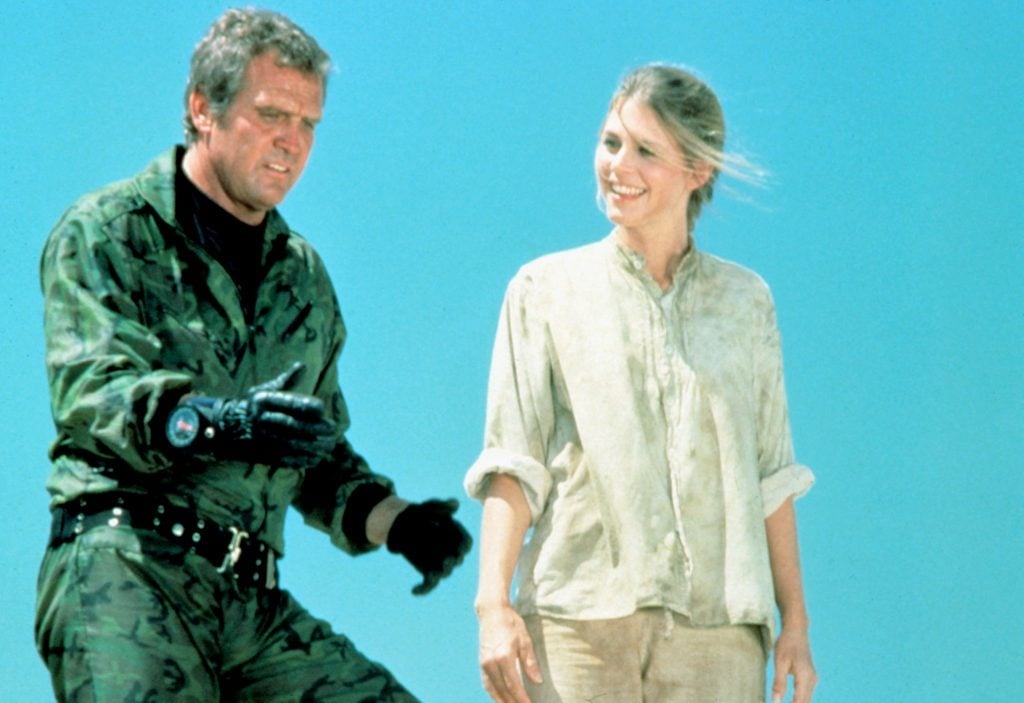
During the 1970s, one of the major TV successes was “The Six Million Dollar Man,” featuring astronaut Steve Austin (played by Lee Majors), who faces near-death after a traumatic accident. In response, he’s outfitted with bionic enhancements that turn him into a sort of superhuman. Initially, three TV movies paved the way for the weekly series, where Austin undertakes missions for the OSI under the guidance of Richard Anderson’s character, Oscar Goldman. However, despite its popularity, the show lacked significant romantic elements—a deficiency that Lee Majors sought to address.

Lee Majors expressed his dissatisfaction with the first two years of “The Six Million Dollar Man,” describing them as dull. He recounted shooting scenes in uninspiring locations like industrial parks, warehouses, electric plants, or wooded areas, often battling robots, Bigfoot, or groups of adversaries. Feeling fatigued by the repetitive nature of the show, Majors decided it was time to introduce a romantic subplot. He recalled telling the producers, “Guys, look, I haven’t had a love interest on this show, and I’m tired of looking at these hairy-legged guys running around here for two years, almost three.” This led to the introduction of Lindsay Wagner’s character as the first love interest, a move that was enthusiastically received by viewers—a change Majors considered monumental.
#6 A Bit of Bionic History

As mentioned, Lindsay portrayed Jaime Somers, a tennis pro and Steve Austin’s former sweetheart in “The Six Million Dollar Man.” Their reunion reignites their love, but tragedy strikes when Jaime is critically injured in a parachuting accident. Desperate to save her, Steve convinces Oscar Goldman to give her bionic enhancements, despite his reluctance. Jaime survives the operation, bringing joy to the bionic couple. However, their happiness is short-lived as Jaime’s body rejects the bionics, resulting in her apparent death. This heartbreaking moment deeply affects both the audience and Steve.
Unbeknownst to many, Jaime’s life is secretly saved, setting the stage for her return in the two-part episode “Return of the Bionic Woman” and the subsequent spin-off series, “The Bionic Woman.” While her survival is a relief, there’s a twist: Jaime has lost most of her memories, including those of Steve. This forces them to start anew, embarking on a challenging journey of rediscovery and rebuilding their relationship from scratch.
#7 Lindsay Wagner: Perfect Casting

Jaime Somers, the iconic character from “The Bionic Woman,” was brought to life by writer/producer Kenneth Johnson. In an exclusive excerpt from his forthcoming autobiography, “A Flurry of Sparks: My Life and (Mostly) Fun Times in Show Business,” Johnson shares his insights into casting Lindsay Wagner for the role. With permission to reprint, Johnson explains, “Lindsay Wagner had received positive reviews for her work in ‘The Paper Chase,’ but her career hadn’t quite taken off.
When executive producer Harve Bennett and I watched an episode of Steve Cannell’s ‘The Rockford Files,’ Lindsay truly stood out. She possessed a natural beauty, not the typical Hollywood glamour, but rather the charm of a relatable girl-next-door. What captivated me most was her remarkable spontaneity. Lindsay had a rare gift of making her lines feel improvised, as if she were speaking off the cuff, just like people do in real life. Her performance exuded an effortless freshness and a rich spectrum of emotions. In Lindsay, we had found our Jaime.”
#8 America Agrees

The impact of Lindsay Wagner’s portrayal of Jaime was undeniable from the start. According to Herbie J Pilato, author of “The Bionic Book: The Six Million Dollar Man & The Bionic Woman Reconstructed,” the audience quickly developed a deep affection for Lindsay’s character, Jaime. However, viewers were left devastated when Jaime seemingly met her demise in the second of the initial episodes. So profound was the audience’s reaction that fans mobilized their own collective strength, demanding Jaime’s return, portrayed once again by Lindsay Wagner.
Unfortunately, Universal Studios found themselves in a difficult situation. Despite Lindsay’s popularity, her contract had lapsed, complicating the possibility of bringing her character back.

Kenneth adds, “We received thousands of letters from fans expressing sadness or frustration over Jaime’s death. One particularly scathing letter came from the head of the psychology department at Boston University, questioning our decision to create such a strong female character only to discard her. The executives at ABC and Universal took notice of the outcry and the significant increase in ratings and female viewership thanks to ‘The Bionic Woman.’ They asked me, ‘Why did you kill her off, Kenny? That was a mistake. You need to bring her back!’ My response was simple: ‘Exactly what I’ve been saying all along.'”
#9 Contract Negotiation

However, there was a significant obstacle. Herbie explains, “Universal had allowed Lindsay Wagner’s contract to expire.” In response, the studio suggested other actresses to take on the role of Jaime, including names like Sally Field, Stefanie Powers, and even Farrah Fawcett. However, ABC was adamant: “Get Lindsay Wagner!”
Initially, the studio offered $2,500 per episode, but Lindsay’s manager, Ron Samuels, insisted on $25,000 per hour. Kenneth recalls, “The studio executives were shocked. Never before had such an audacious demand been made in the history of show business. They were utterly unwilling to entertain such an outrageous proposal.”
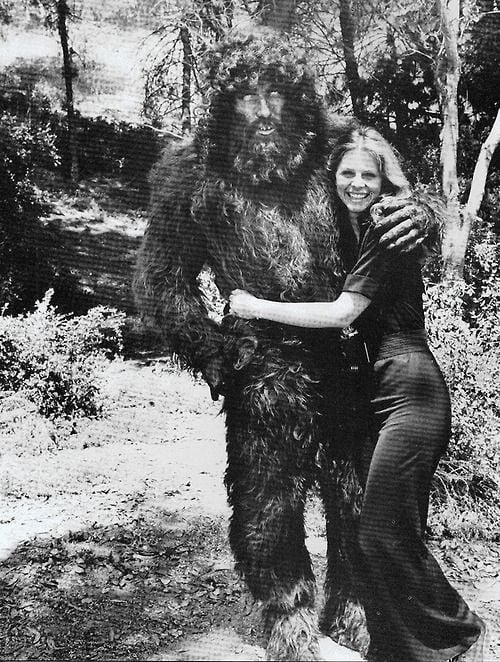
Lindsay received a hefty sum of $50,000 for her role in “The Return of the Bionic Woman.” Everything seemed to fall into place perfectly, but the unforeseen popularity of the second two-parter caught everyone off guard. Kenneth remarks, ” ‘The Six Million Dollar Man’ skyrocketed into the Top 10 for the first time.” The outcome? Everyone involved clamored for a spinoff series.
“Guess what?” Herbie muses rhetorically. “Since Universal had only extended Lindsay’s contract for a two-part special, they had no choice but to negotiate a very lucrative deal for a new series. Lindsay ended up coming out on top, securing a significant payout from both the studio and the network.”
#10 The Best of Both Worlds

While Universal may not have been thrilled with Lindsay’s new contract, Lindsay herself was thrilled—not just for the financial benefits. In a 1975 interview with the Tampa Bay Times, she explained, “Before signing the new contract, I wanted to focus solely on movies. Now, I can do both, so I won’t be tied down to just the series.”

Despite the challenges of the action-adventure format, efforts were made to keep the show realistic, Lindsay’s portrayal of Jaime as the anchor. Kenneth spent a lot of time with Lindsay, matching Jaime’s dialogue to her natural delivery. Lindsay insisted on showing Jaime’s flaws, avoiding the perception of her as invincible. According to Herbie, Lindsay made sure the scripts and dialogue reflected her sensitivity as a human being.
#11 Someone to Look Up to
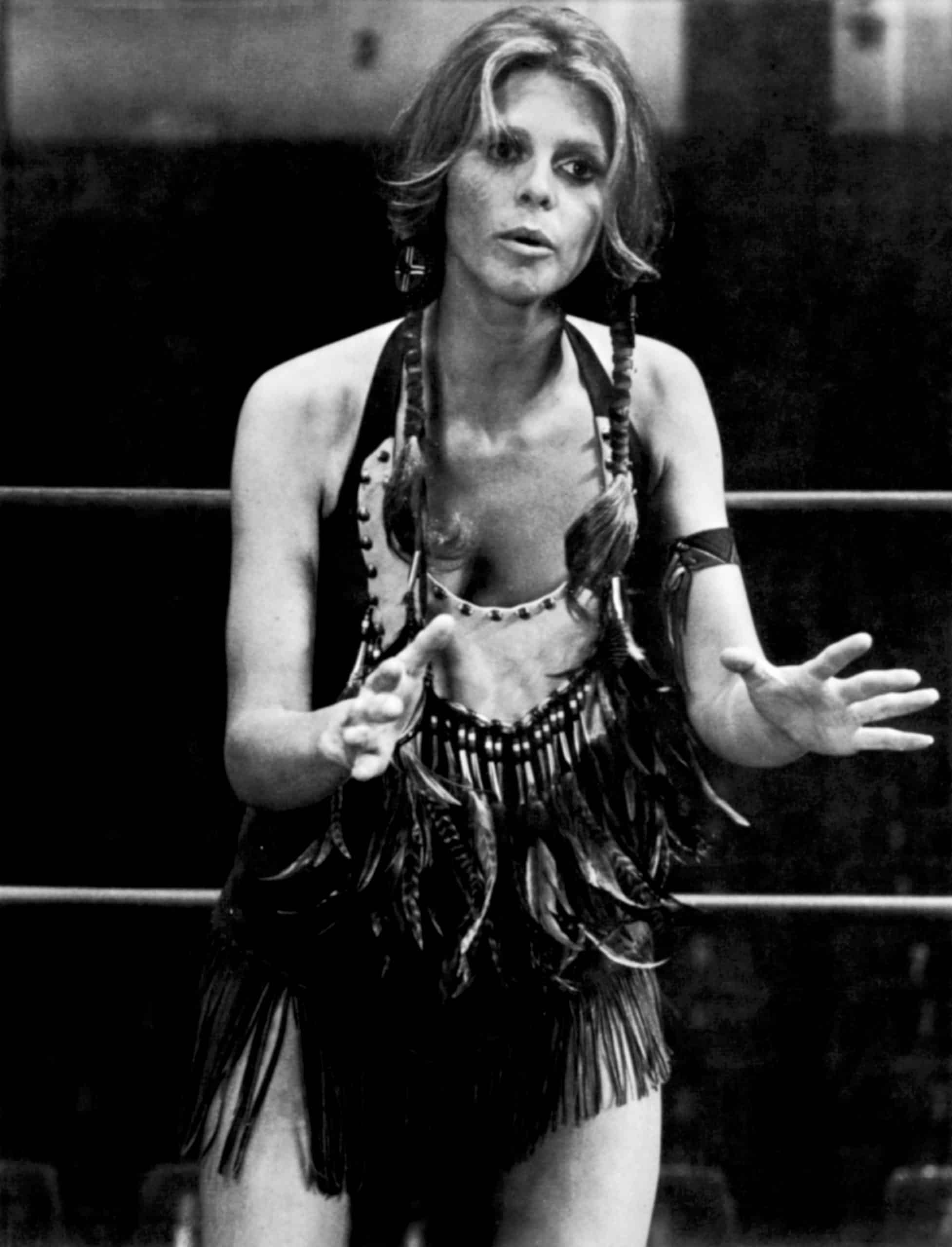
“I’m flattered to be playing the lead in a dramatic television series,” Lindsay expressed at the time. “Except for Angie Dickinson, the other actresses are starring in situation comedies. And there’s a difference between the character I play and Angie’s. She’s surrounded by an entourage of men who help her get out of trouble. I play a school teacher who is called upon by the government for dangerous assignments.”
“I’m making sure the Bionic Woman isn’t a fighter. She does have a lot of physical adventures that keep me fit, and the show has been fun so far. I’m a dramatic actress, and I’m not really emotionally exhausted at the end of the day like I was in my two movies ‘Second Wind’ and ‘Two People.’ But I think it’s about time little girls had a heroine of their own.”
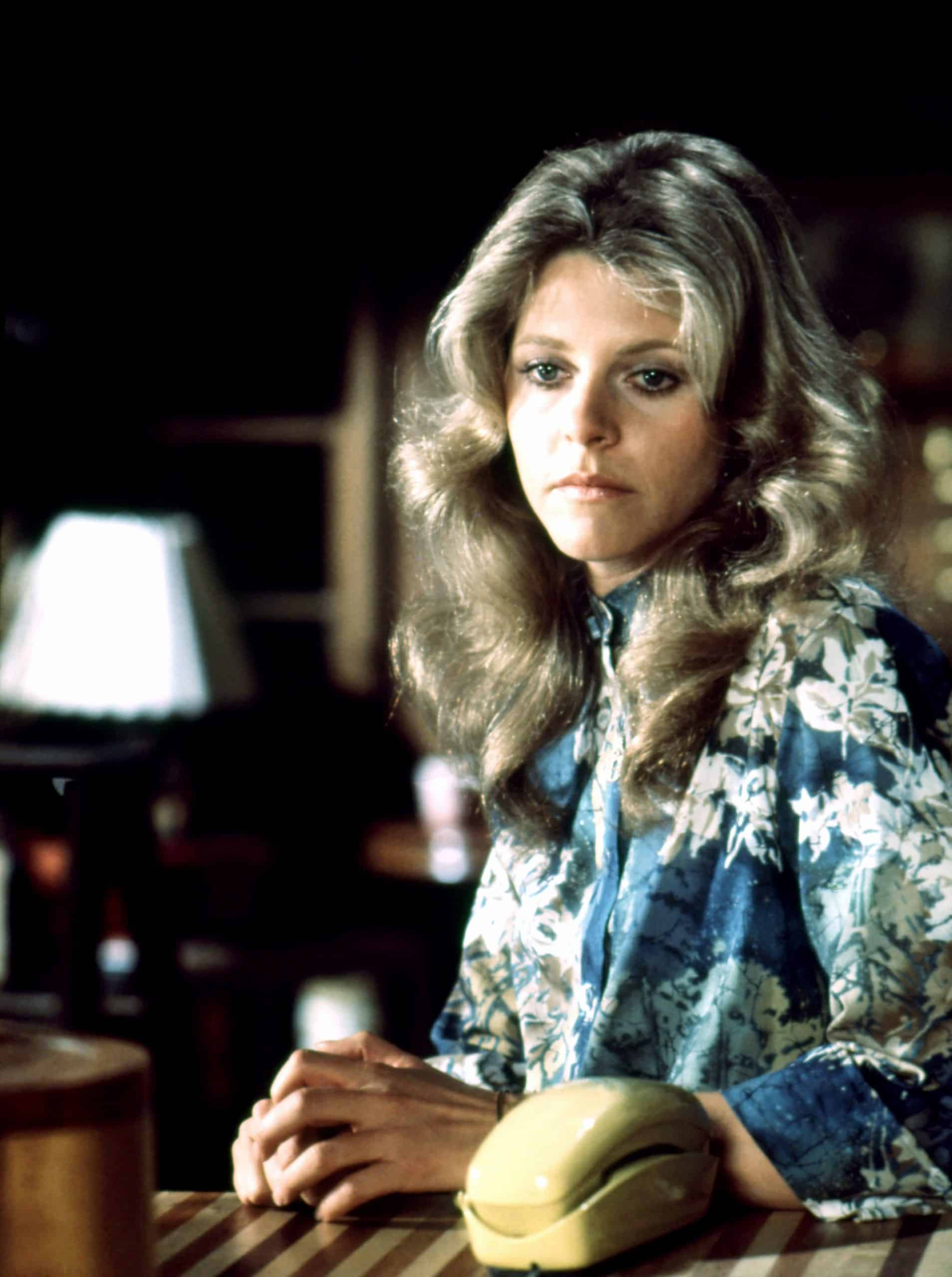
Herbie highlights Lindsay’s awareness of the show’s young fans. “For that reason,” he explains, “she felt a certain responsibility to that segment of the viewers at home. She also aimed to be a genuine role model for females of all ages, ensuring that Jaime often relied on her wit and humor to resolve conflicts. While Jaime would occasionally use her bionic abilities, it was always as a last resort. She disliked guns and violence but also refused to tolerate anyone’s insincere or hurtful actions. She wasn’t afraid to confront them. Despite her ability to defeat thugs, Jaime charmed millions of TV viewers with her unique powers—both as an actress and as a compassionate human being.”
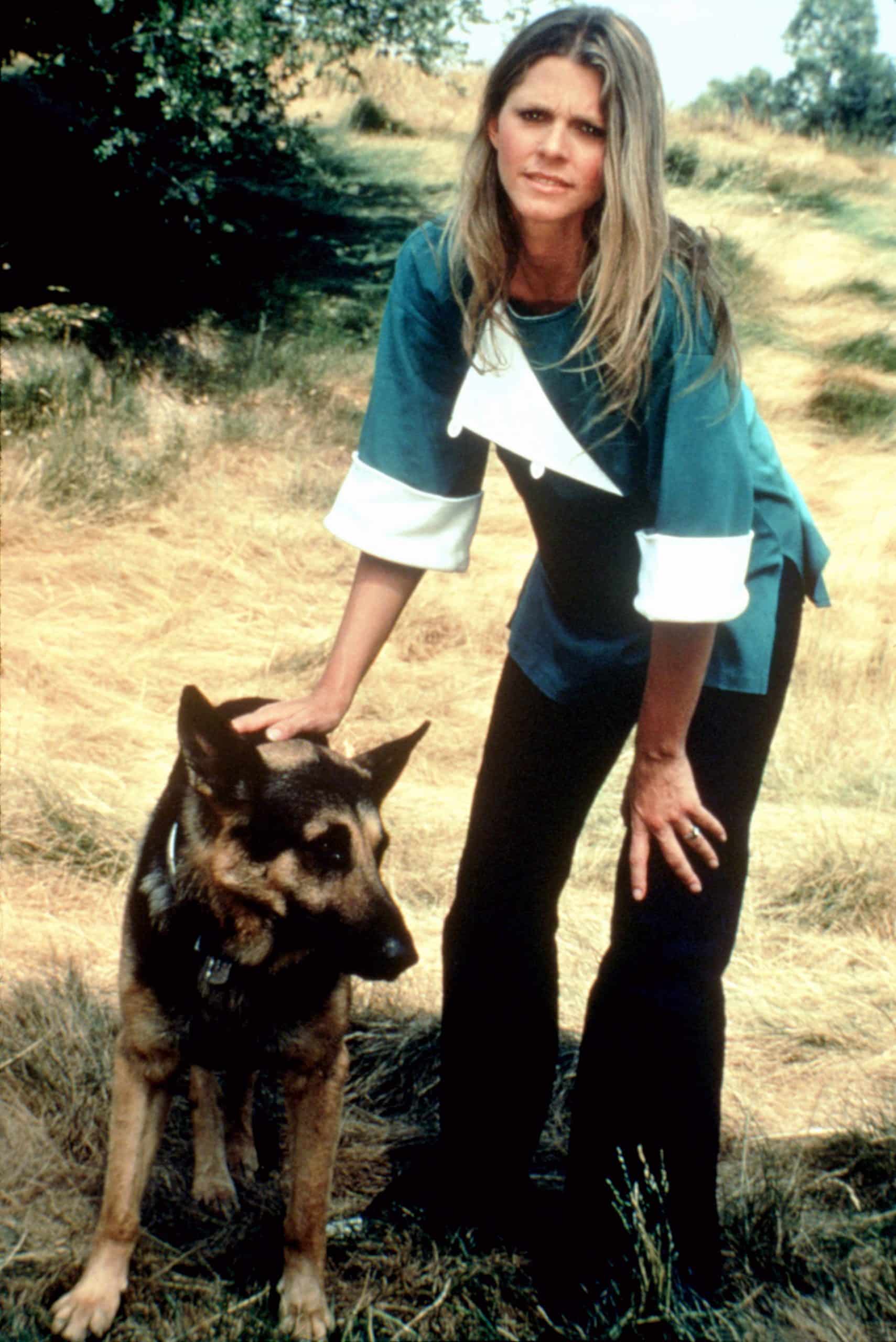
In a conversation with the Austin American-Statesman in 1976, Lindsay posed a question: “Why shouldn’t little girls have a symbol? Little boys have plenty of them.” She recognized the impact of idols on children, saying, “I know that sort of thing really affects children. They really pay attention to their idols.” Lindsay reflected on the newfound attention from young fans, admitting it was both scary and gratifying.
She revealed her own childhood idol, Sophia Loren, who had nothing to do with bionic superpowers. Lindsay expressed her hope that Jaime Somers could be a source of inspiration for young girls, emphasizing her desire for Jaime to be portrayed as a lady rather than a cartoonish figure like Batwoman. Lindsay wanted Jaime to be seen as a person with added powers, maintaining her femininity and avoiding resorting to violence. Despite uncertainty about the show’s audience, Lindsay hoped it would include both men and boys.
#12 Moving On

Following the end of “The Bionic Woman” in 1978, Lindsay found herself needing to decompress from the show. However, it wasn’t long before she returned to acting. Reflecting on the changing landscape of the entertainment industry, Lindsay remarked in 1978, “The snobbishness of movies toward television is disappearing, thank God. An actor can work in both now, and that’s what I intend to do.”
She expressed a strong commitment to television, recognizing its significant influence as a media platform. Lindsay believed there were numerous untapped opportunities in television, but she also emphasized the need for industry professionals to prioritize more than just profit and ratings.
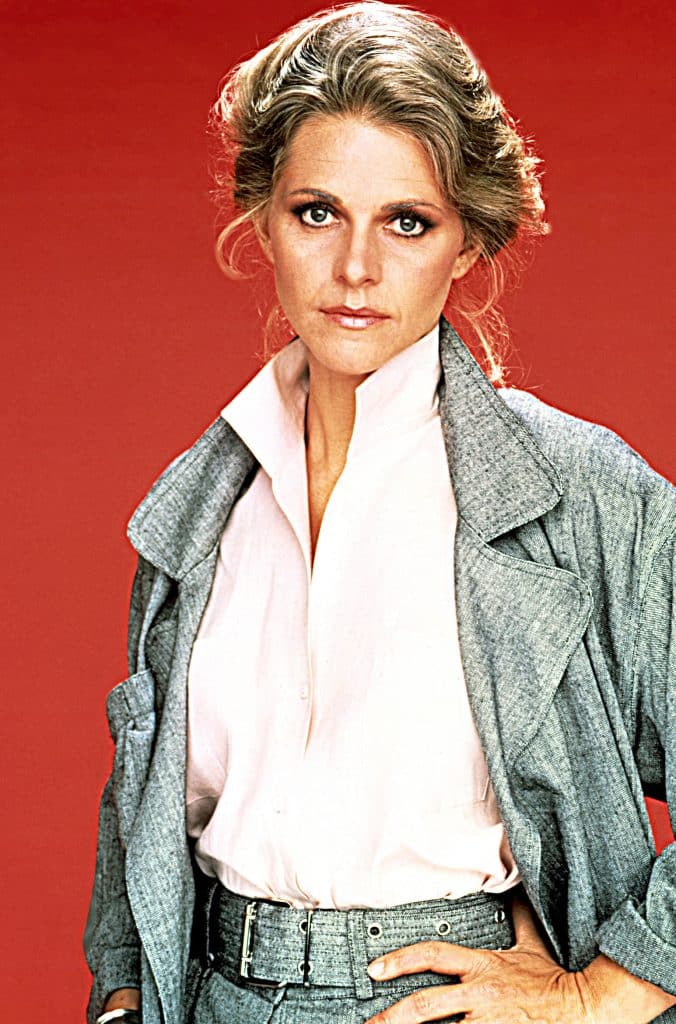
Lindsay Mara’s presence extended beyond the small screen, as she ventured into cinema alongside Sylvester Stallone in “Nighthawks” (1981), James Brolin in “High Risk” (1981), and Denzel Washington in “Ricochet” (1991). However, it was in TV movies and miniseries where she truly made her mark. From “The Incredible Journey of Doctor Meg Laurel” in 1979 to “Mingle All the Way” in 2018, she starred in over 50 productions, including three reunion films for “The Six Million Dollar Man” and “The Bionic Woman.”
Additionally, Lindsay made numerous guest-star appearances on various shows over the years and held recurring roles on the science fiction series “Warehouse 13” (six episodes) and “Grey’s Anatomy” (four episodes). She also had starring roles in the series “Jessie” (1984) and “A Peaceable Kingdom” (1989).
#13 Self-Help Guru
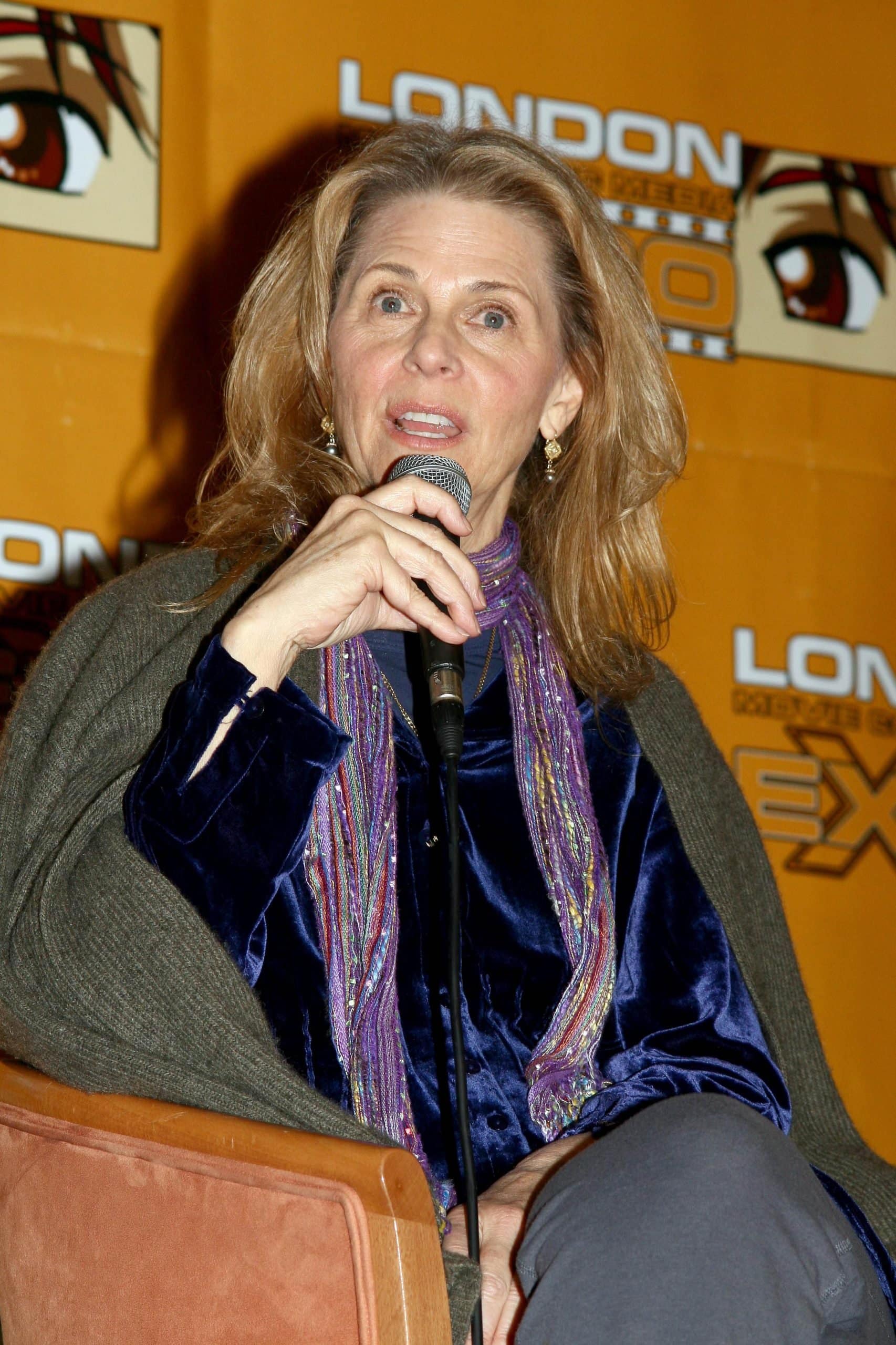
Throughout her life, Lindsay has been deeply engaged in various self-help programs. Collaborating with Robert M. Klein, she authored a series of books exploring the potential of acupuncture as an alternative to facelifts. Additionally, Lindsay penned the vegetarian cookbook “High Road to Health.” Beyond writing, she has curated self-help workshops and seminars under the umbrella title “Quiet the Mind and Open the Heart,” focusing on spirituality and meditation.
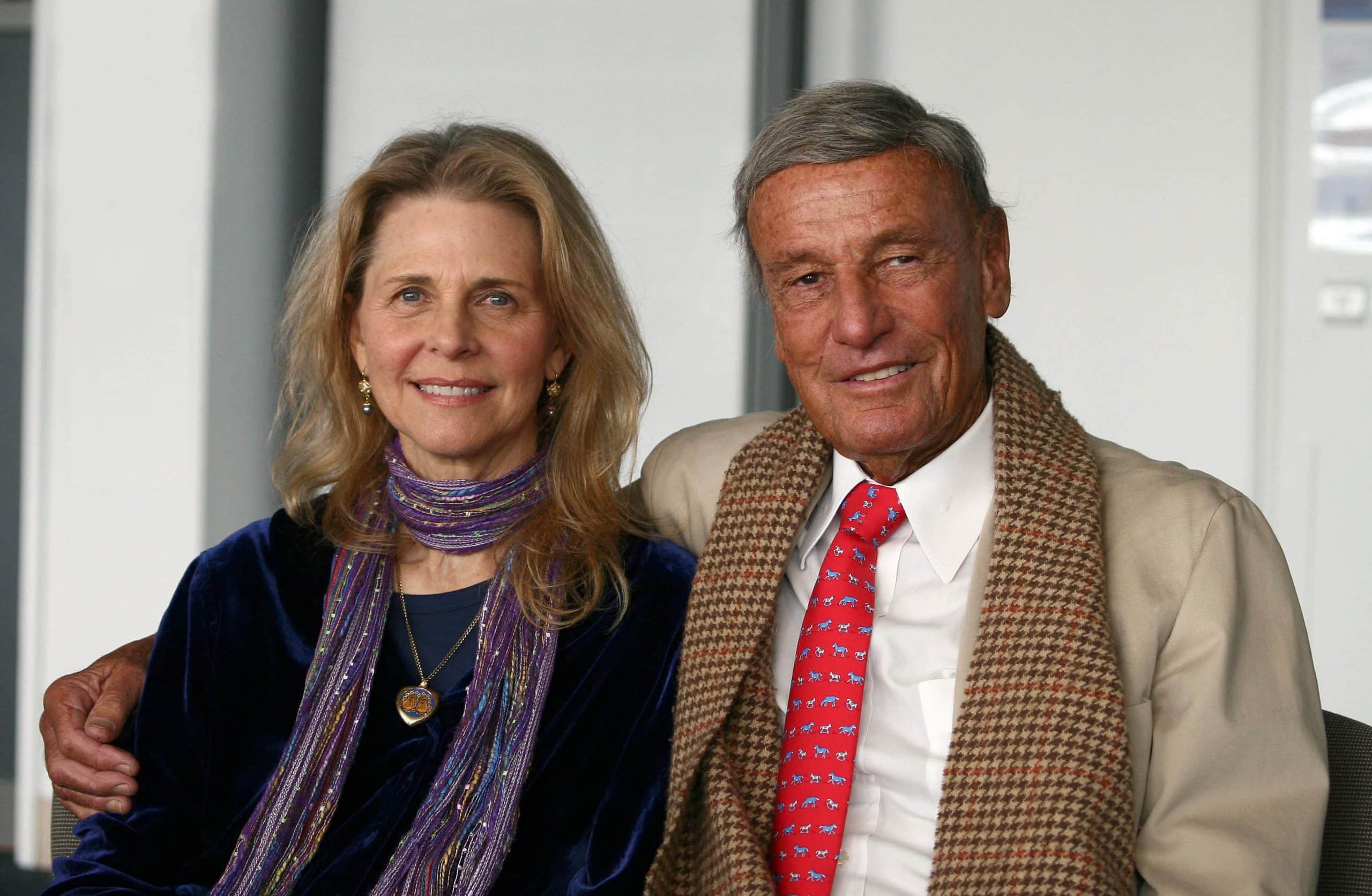
“I’ve been fascinated by the body, mind, and spirit connection my whole life,” Lindsay shared during a convention appearance. “It’s been a lifelong journey for me. When I was 19, I experienced significant illness with severe ulcers. I met some individuals who guided me in healing the body through meditation, visualization, and examining my own emotional and psychological patterns as sources of stress.”
“Many of us face stress and challenging situations, but it’s how we manage that stress that matters. I learned that my perception of events and issues within my family was directly impacting my health. They helped me recognize the power of the mind-body connection when functioning properly. Conversely, when communication between mind, body, and spirit is disrupted, our life force fails to reach our physical and spiritual selves.”
#14 A Call to Acting

Lindsay explained, “For several years, I was deeply immersed in exploring the mind-body connection. However, I began to sense a shift, a pull back toward acting. Shortly after this feeling arose, the opportunity to join Warehouse 13 presented itself. I contemplated, prayed, and meditated, asking myself if I should embrace this shift. While I was truly enjoying my current pursuits, I started to feel a longing for the creative process of acting.”
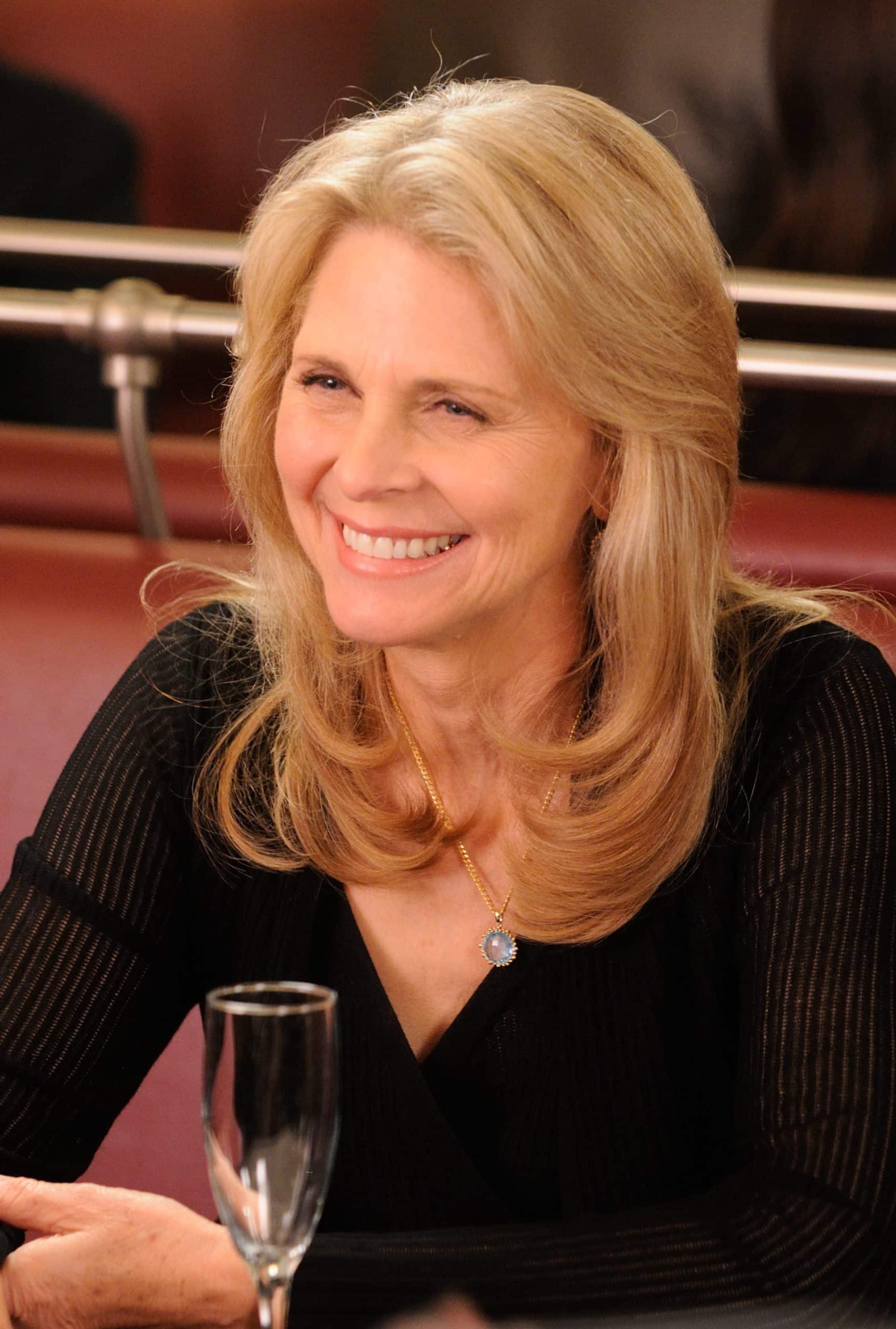
In her personal life, Lindsay has been married four times. Her first marriage was to music publisher Allan Rider from 1971 to 1973, followed by her marriage to Michael Brandon from 1976 to 1979. She then married stuntman Henry Kingi from 1981 to 1984, and later tied the knot with TV producer Lawrence Mortoff from 1990 to 1993. Lindsay and Henry are the parents of two sons: Dorian, born in 1982, and Alex, born in 1986.
#15 Keeping the Legacy Alive
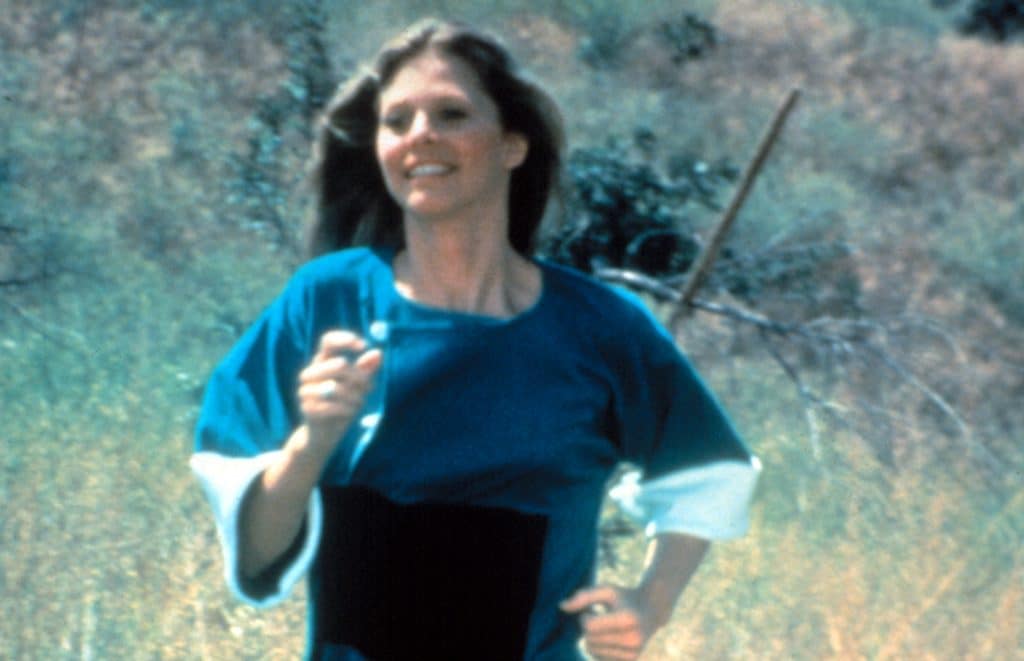
“I believe a significant part of its success stemmed from breaking molds in our culture,” Lindsay has reflected. “It was truly the first show where a woman was portrayed in full power without any excuses, and she didn’t have to play second fiddle to a man. This was also during a time when our culture was experiencing a profound awakening with the women’s movement.”

